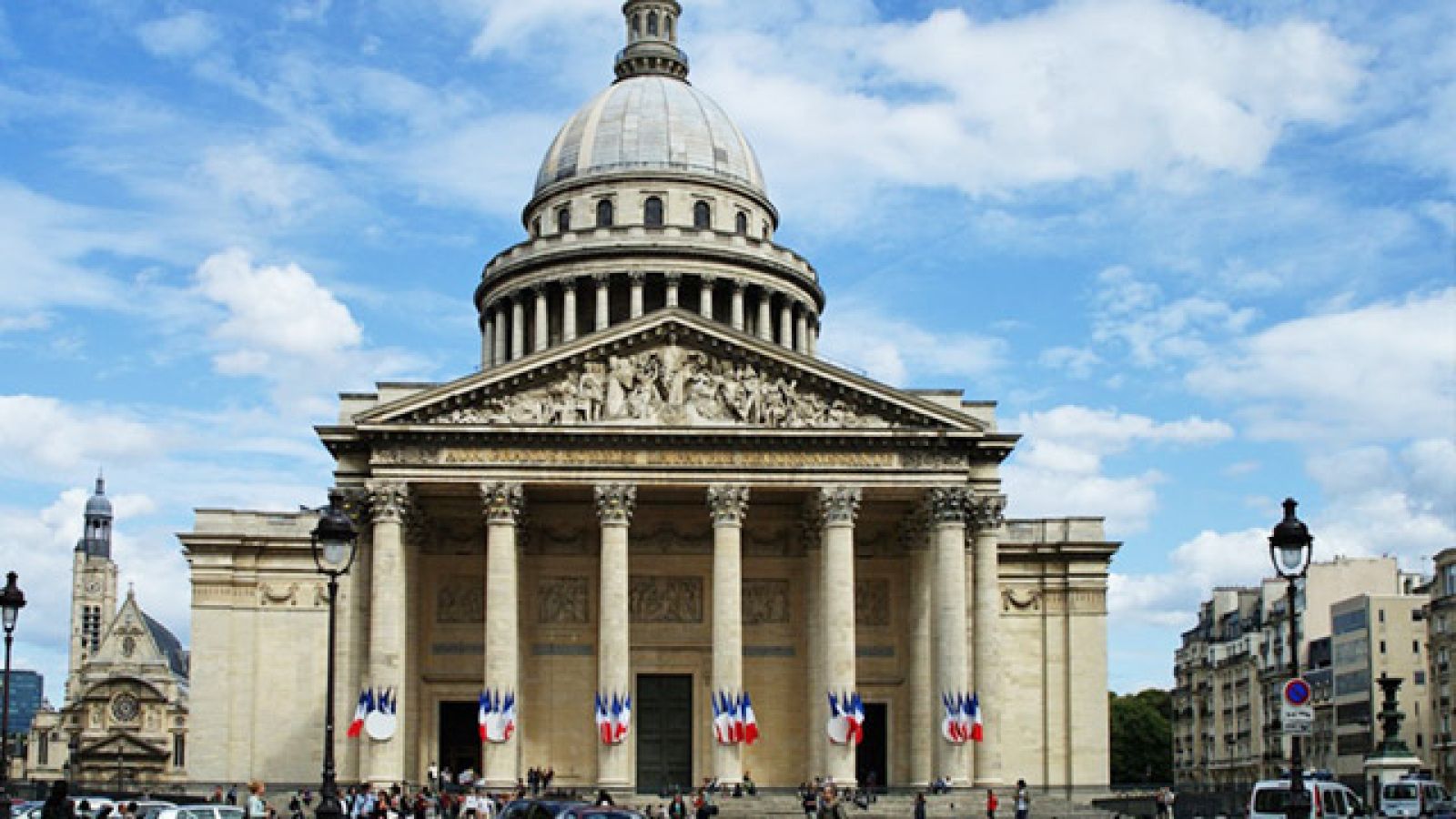Roam in Rome while studying art history

Image - besopha - Flickr
Students are not only learning art theory from textbooks in the ANU School of Art course ‘Art of the European Courts, 1500-1815’ – they will be taken to Rome and Paris to see the art in person.
As course convenor Dr Robert Wellington confirms, there isn’t a great deal of opportunity in Australia to interact with objects from that period. And if the art can’t come to the students, the students will go to the art.
“We don’t have palaces in Australia,” he says. “It’s not something we have in our culture over here. We have grand public buildings but we have nothing on that scale from that period.”
‘Art of the European Courts’ is a two-week intensive running in 2016 in which the students spend one week in Rome and one week in Paris. In Rome they will take a walking tour of ancient Rome and early-modern Rome, seeing sights such as the Colosseum, the Pantheon, the Vatican and the Napoleon Museum.
In Paris students will visit places including Chantilly, the Louvre and Versailles. In each city they will get one free day to roam – and no doubt take stock of all that they’ve seen.
The value of seeing this art and architecture up close is clear. On the one hand, it’s about making sense of a variety of objects that may seem disconnected on the page. In a book, online, even in a museum, things are taken out of their context. Another benefit is experiencing the art and architecture in their “natural” environment.
“You have to almost smell that musty, dusty smell of the church to understand that experience of being within that space,” Robert says. “Same with the palace, you have to sort of know what it feels like to be elevated and to look upon the great perspective of the garden and to see how the landscape unfolds before you.”
“You just learn by osmosis, by being in a situation and just understanding how it feels psychologically, aesthetically. It’s not something I can recreate on a PowerPoint slide.”
Robert thinks that the course will be a life-changing experience for some of his students; particularly those who may not have travelled overseas before. He recounts the first time he went to Versailles, going on a small tour around the chateau with his family.
“It was a really magical experience,” Robert says. “The scent was almost in the air of the life at court back in the 18th century and I suppose I was completely won over by the sumptuousness of the palace and the craziness of it all.”
He describes the trip as being one that left a deep impression on him, particularly in relation to the detailed knowledge of his tour guides.
“I would say it definitely inspired me to go on with my studies and one of the really formative things with my experience, one of the reasons I ended up studying 17th century art at a professional level.”
2016 will be the first time that the course will run.
“We’re hoping at least a number of the students who come on this trip are going to find some aspect of their vocation through this and will want to study further,” Robert says.
“The idea is to make our students more aware of the global scholarly community and encouraging them to think more about things like exchange and taking up higher degrees overseas and really lift that level of Australian education to a more international level.”
Naturally, travelling to Europe is not without expense. To help lighten the travel costs, students enrolled in ‘Art of the European Courts’ are encouraged to apply for an Endeavour Mobility Grant, valued at $2,000 each, with ten grants on offer. Applications close 5pm Friday, 13 November. Further details are available on the ANU School of Art website.
Interested in studying Art History at the ANU? Art History is one of 50 majors available in the Bachelor of Arts and can also be studied as a specialist Bachelor of Art History and Curatorship or Master of Art History and Curatorial Studies program.